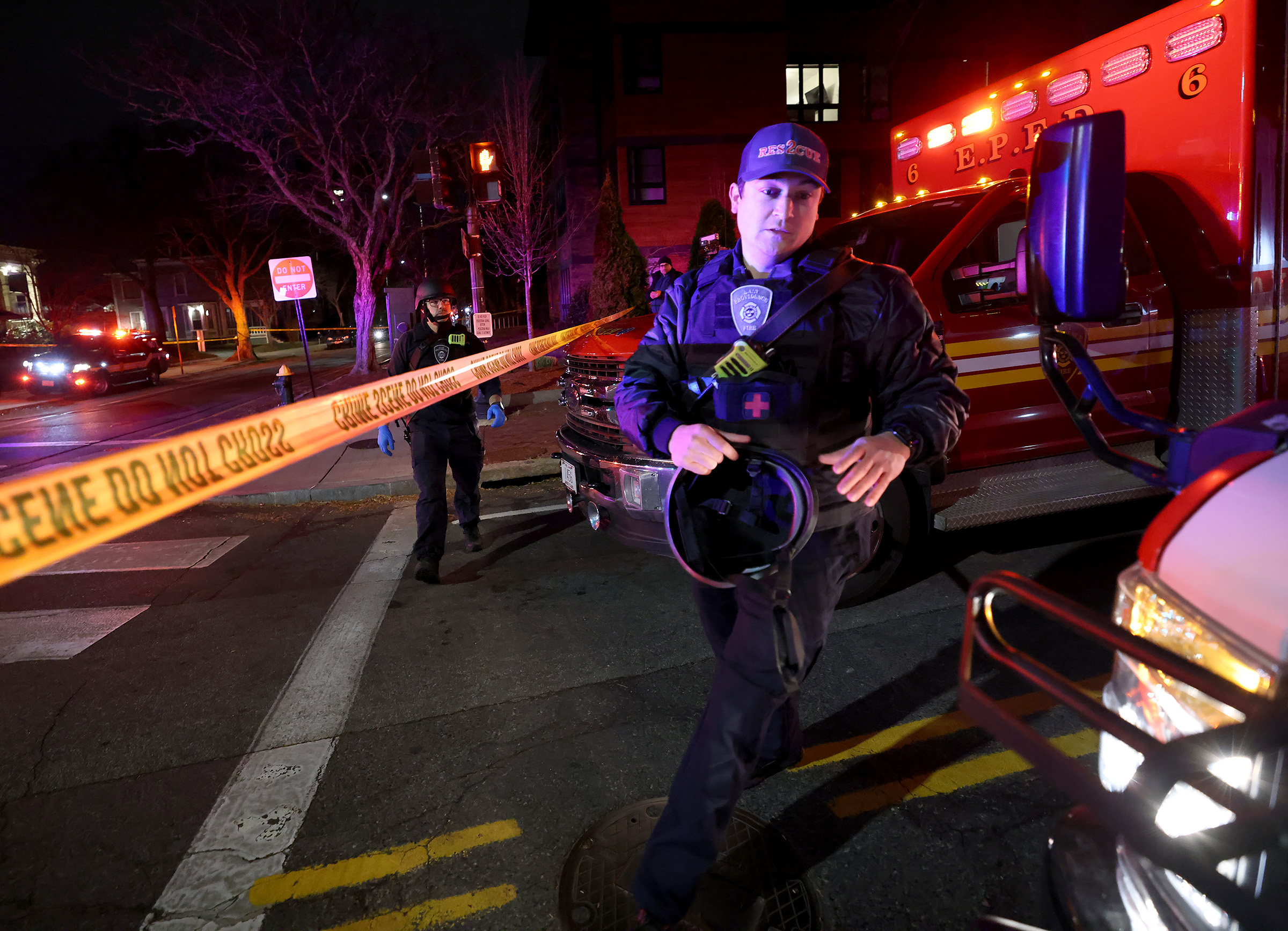At Pickens Technical College in Aurora, Colorado, nursing students are treating a very special patient.
"This is Hal. He is the newest and most advanced medical simulator really on the planet," said Keith Garrett, Sim Labs instructor.
Hal is helping medical students using a first-of-its-kind feature: a "brain" that uses artificial intelligence.
Hal can simulate dozens of medical conditions, from heart attack to stroke. He listens, can answer questions and display symptoms based on his condition: Shine a light, and his pupils dilate. He sweats and even cries.
"This is like science fiction," Garrett said. "This is the future of health care and health care education."

Virtual reality is helping nursing students prepare for the real world
Instead of learning how to take care of patients in a classroom, students at one school are in a virtual hospital learning on virtual patients.
The medical simulator market is worth about $2 billion today, and it's expected to double by the end of the decade as robotic patients like Hal get more and more realistic.
"What sets him apart is the animatronics," said Jim Archetto, vice president of sales for Gaumard Scientific. "You can see his head moving, looking toward me. You can see his eyes moving, his eyes blinking."
Instructors like Amy Simons say that when simulated patients seem more real, the medical care gets better.
"The ability for them to suspend disbelief is crucial so they can come in and this is suddenly a real baby," Simons said.
"If a student can come into the room and it feels like a real-life scenario, they're more likely to give it their very best," Garrett said. "You can see with him crying right now, I kind of feel bad for him. I want to start comforting him and making him feel better."
Hal isn't cheap with a price tag of $100,000, but the school and the students say he's worth it.
"I didn't know about this until we got here, and it's amazing we get this opportunity to learn," said Sooji Lee, a nursing student.

WFTS: Pandemic boosts nursing school enrollment
According to a survey by the American Association of Colleges of Nursing, enrollment in nursing programs increased 6% last year.










